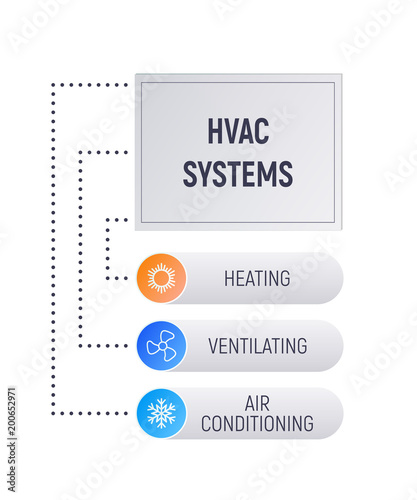The Ultimate Overview To Recognizing Warmth Pumps - How Do They Function?
The Ultimate Overview To Recognizing Warmth Pumps - How Do They Function?
Blog Article
Web Content Writer-Roy Singer
The very best heatpump can conserve you substantial amounts of cash on energy bills. They can also help in reducing greenhouse gas discharges, particularly if you make use of electrical power instead of nonrenewable fuel sources like lp and home heating oil or electric-resistance furnaces.
Heat pumps work significantly the like ac unit do. This makes them a viable alternative to traditional electrical home heater.
Exactly how They Work
Heat pumps cool homes in the summer season and, with a little aid from electrical energy or natural gas, they supply several of your home's heating in the winter season. They're a great alternative for people that want to reduce their use fossil fuels yet aren't ready to replace their existing furnace and a/c system.
They rely on the physical fact that also in air that seems as well cold, there's still power present: cozy air is constantly relocating, and it wants to relocate into cooler, lower-pressure atmospheres like your home.
Many power celebrity certified heat pumps operate at close to their heating or cooling capacity throughout the majority of the year, minimizing on/off biking and saving power. For the best efficiency, concentrate on systems with a high SEER and HSPF ranking.
The Compressor
The heart of the heatpump is the compressor, which is additionally referred to as an air compressor. This mechanical moving device utilizes potential power from power production to raise the pressure of a gas by lowering its volume. It is different from a pump because it only works with gases and can't collaborate with liquids, as pumps do.
Atmospheric air goes into the compressor via an inlet shutoff. It travels around vane-mounted arms with self-adjusting size that separate the interior of the compressor, developing several tooth cavities of varying dimension. https://docs.google.com/spreadsheets/d/1OF6iqsyIAkh2jXHF5MQcFBxUuLa7aTTJPBnZ4DhDyVo/edit?gid=665658421#gid=665658421 to move in and out of phase with each other, pressing the air.
The compressor draws in the low-temperature, high-pressure refrigerant vapor from the evaporator and compresses it right into the warm, pressurized state of a gas. This procedure is duplicated as needed to supply heating or air conditioning as required. The compressor additionally has a desuperheater coil that recycles the waste warm and includes superheat to the cooling agent, transforming it from its liquid to vapor state.
The Evaporator
The evaporator in heatpump does the same point as it does in refrigerators and air conditioning system, altering fluid refrigerant right into an aeriform vapor that eliminates heat from the room. https://www.wnypapers.com/news/article/2021/08/11/147603/national-grid-offers-safety-energy-saving-tips-for-forecasted-high-temperatures would certainly not work without this critical tool.
This part of the system lies inside your home or structure in an interior air handler, which can be either a ducted or ductless system. It includes an evaporator coil and the compressor that presses the low-pressure vapor from the evaporator to high pressure gas.
Heatpump take in ambient heat from the air, and then utilize power to transfer that warm to a home or organization in home heating mode. That makes them a whole lot a lot more energy effective than electric heaters or furnaces, and since they're using tidy electricity from the grid (and not shedding fuel), they additionally generate far less discharges. That's why heat pumps are such wonderful environmental selections. (Not to mention a significant reason that they're ending up being so preferred.).
The Thermostat.
Heat pumps are excellent options for homes in chilly environments, and you can utilize them in mix with standard duct-based systems and even go ductless. They're a terrific alternative to nonrenewable fuel source furnace or typical electrical heating systems, and they're more sustainable than oil, gas or nuclear a/c devices.
Your thermostat is one of the most crucial part of your heatpump system, and it works really differently than a standard thermostat. All mechanical thermostats (all non-electronic ones) work by using compounds that transform size with increasing temperature, like coiled bimetallic strips or the broadening wax in a cars and truck radiator valve.
These strips contain 2 various types of steel, and they're bolted together to develop a bridge that completes an electrical circuit linked to your HVAC system. As the strip obtains warmer, one side of the bridge increases faster than the various other, which creates it to bend and signal that the heater is required. When the heat pump remains in heating setting, the turning around valve reverses the flow of cooling agent, to make sure that the outside coil currently operates as an evaporator and the interior cylinder comes to be a condenser.